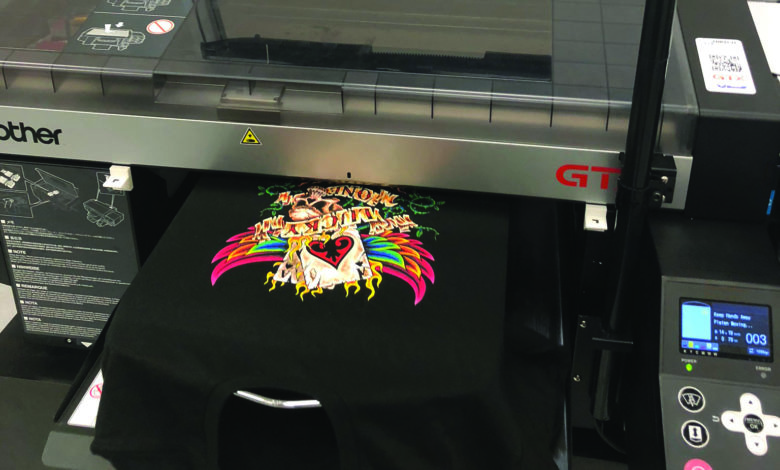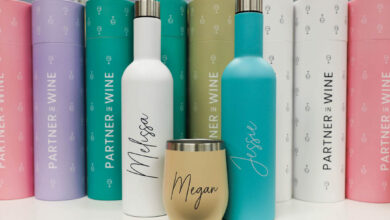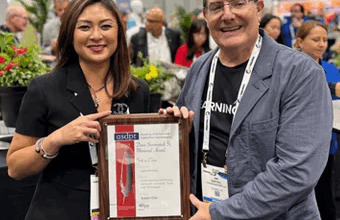
The garment plays a considerable role in the direct-to-garment (DTG) printing process. Most ink is water-based and lays on top of the garment. Therefore, it is necessary to create a strong bond between garment and ink.
A DTG printer’s best friend is 100% ring-spun cotton. It tends to create the tightest bond and support the brightest colors. If that material is not an option, the next best choice is 100% cotton. The more natural the fiber, the better it will print. After that, the next best choice is a 50/50 garment. Printing on a 50/50 without making any modifications will result in a less vibrant, almost vintage style look.
Next up is a tri-blend. A tri-blend is a blend of polyester, cotton, and rayon. These shirts are popular, and once again, different settings are required to create the perfect look.
The final garment material to discuss is polyester. Polyester is as far away from 100% ring-spun cotton as you can get and is ultimately the most challenging when it comes to the DTG process. Some manufacturers might enable you to print on polyester, but the real question is, can you print on polyester profitably and produce a product that will stand the test of time?
The answer in most cases to this question is no. Most people who print with a DTG printer stay away from polyester. However, it is possible to have great success with a white or light color polyester with CMYK prints.
Another challenge when trying to print on a dark polyester is dye migration. The heat from the curing process often creates a reaction with the dye on the garment and causes it to mix with the ink. I am sure everyone has seen white on a red shirt that ends up looking pink.
Some DTG printers are designed for poly only but do your research on machine cost, ink cost, and overall cost of ownership before jumping into one of these types of printers.
It sounds like there is a lot to deal with when working with different types of materials, but the reality is that once you dial in a recipe for a specific type of material, you can easily call up that setting without having to remember all the intricate details.



